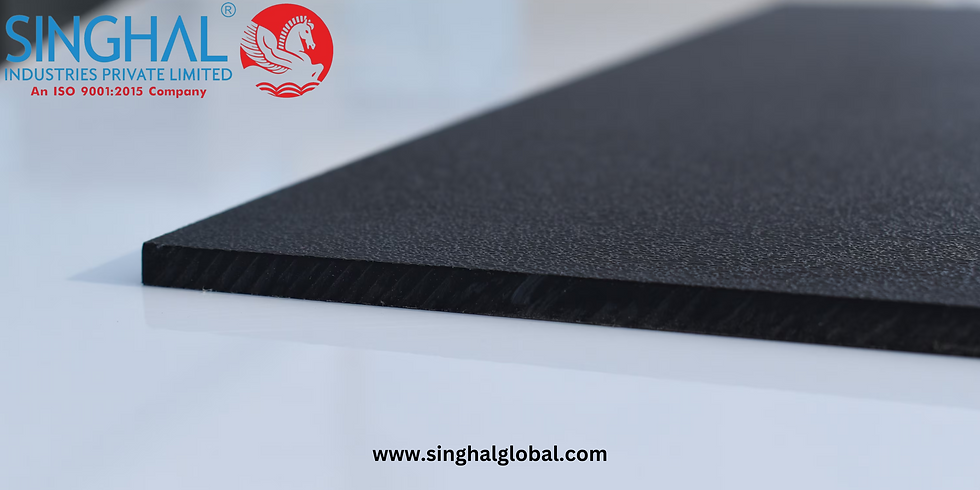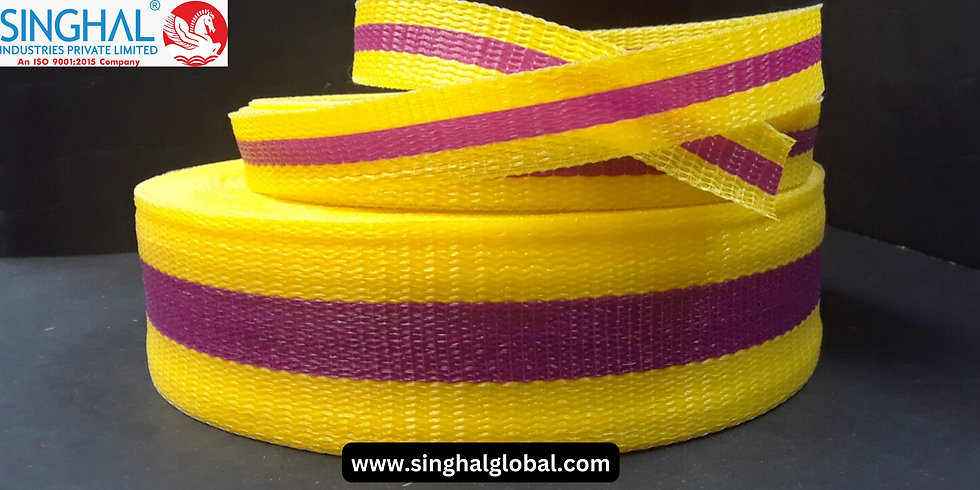Blooming Stories: Discover the Magic of Greenhouse Film
- Akash Pathak
- Aug 16, 2024
- 4 min read

In the verdant expanses of agriculture, where nature's beauty and human ingenuity intersect, greenhouse films have emerged as a transformative technology, revolutionizing how we cultivate crops. These films, which envelop greenhouses in a protective embrace, not only shield plants from adverse weather but also optimize growth conditions, thus enabling a lush, vibrant world to flourish even in less-than-ideal climates. This article explores the enchanting realm of greenhouse films, with a particular focus on their use in Gujarat and India, while also shedding light on their price and answering some frequently asked questions.
The Enchantment of Greenhouse Films
Greenhouse films are more than just protective layers; they are the silent architects of successful agricultural ventures. These specialized plastic sheeting materials are designed to regulate light, temperature, and humidity within greenhouses, creating an ideal microenvironment for plants. By allowing selective transmission of sunlight and blocking harmful UV rays, greenhouse films ensure that plants receive the right amount of light for photosynthesis, while also protecting them from excessive heat and cold.
In Gujarat, a region known for its diverse agricultural activities, greenhouse films have become an integral component of modern farming practices. The state’s climatic conditions, which range from arid to semi-arid, often pose challenges for traditional farming. Here, Greenhouse films in Gujarat play a crucial role in mitigating the harsh effects of the environment, enabling farmers to cultivate a wide range of crops throughout the year.
Greenhouse Films: A Broader Perspective
Greenhouse films in India have witnessed a surge in popularity, thanks to the country’s growing emphasis on sustainable agriculture. From the lush landscapes of the northeastern states to the dry terrains of Rajasthan, these films are making a significant impact. The adoption of greenhouse films across India is driven by their ability to enhance crop yields and extend growing seasons, offering farmers a reliable tool to counteract the effects of climate variability.
The variety of Greenhouse films in India available caters to different needs and budgets. Advanced films with specialized coatings for UV protection, thermal insulation, and anti-drip properties are available, allowing farmers to choose the best option based on their specific requirements. This versatility has contributed to the widespread use of greenhouse films across the country, from small-scale farms to large commercial operations.
The Cost of Innovation
The price of greenhouse films in India varies depending on several factors, including the type of film, thickness, and additional features. On average, the cost can range from ₹50 to ₹150 per square meter. Basic films, which provide standard protection and light diffusion, tend to be on the lower end of the price spectrum. In contrast, high-performance films with advanced features such as anti-fogging, heat insulation, and UV resistance command a premium Greenhouse films price in India.
While the initial investment in greenhouse films might seem substantial, the long-term benefits often outweigh the costs. By creating a controlled environment that enhances plant growth and reduces the need for pesticides and fertilizers, greenhouse films can lead to significant increases in crop yields and overall profitability. Additionally, the durability and longevity of these films ensure that they provide value for money over their lifespan.
The Future of Greenhouse Films
As agriculture continues to evolve, the role of greenhouse films is likely to expand further. Innovations in film technology, such as the development of smart films with integrated sensors and adaptive properties, promise to enhance the functionality and efficiency of greenhouse systems. These advancements will continue to drive the adoption of greenhouse films, making them an indispensable tool for farmers seeking to optimize their operations and achieve sustainable agricultural goals.
Conclusion
In conclusion, greenhouse films represent a remarkable advancement in agricultural technology, offering numerous benefits to farmers in Gujarat and across India. By creating ideal growing conditions, these films enable farmers to overcome climate-related challenges, improve crop yields, and contribute to sustainable farming practices. As the technology continues to advance, the potential for greenhouse films to revolutionize agriculture and support global food security is boundless.
Frequently Asked Questions
1. How do greenhouse films contribute to sustainable agriculture?
Greenhouse films play a pivotal role in sustainable agriculture by creating an optimized growing environment that reduces the need for chemical inputs and conserves resources. They help in regulating temperature and humidity, reducing water usage through improved irrigation efficiency, and minimizing the need for pesticides by providing a protective barrier against pests. This not only leads to healthier plants but also supports environmentally friendly farming practices.
2. What are the key factors to consider when choosing greenhouse films?
When selecting greenhouse films, several factors should be considered to ensure they meet your specific needs. These include the film’s light transmission properties, which affect photosynthesis; its UV resistance, which influences durability; thermal insulation capabilities, which impact temperature regulation; and additional features such as anti-drip coatings or anti-fog properties. It’s also important to consider the film’s thickness and overall quality to ensure it can withstand local weather conditions.
3. Can greenhouse films be recycled or reused?
Many greenhouse films are recyclable, although the availability of recycling facilities can vary by region. Some films are designed to be reused for multiple growing seasons, provided they are properly maintained and stored. It’s important to follow manufacturer guidelines for the care and disposal of greenhouse films to maximize their lifespan and minimize environmental impact.
4. What maintenance is required for greenhouse films?
Proper maintenance of greenhouse films is essential to ensure their effectiveness and longevity. Regular cleaning is required to remove dust, dirt, and algae that can obstruct light transmission. Inspections for any signs of wear, tear, or damage should be conducted periodically, and any issues should be addressed promptly to prevent further deterioration. Additionally, ensuring proper installation and tensioning of the film can help prevent issues related to sagging or tearing.



Comments